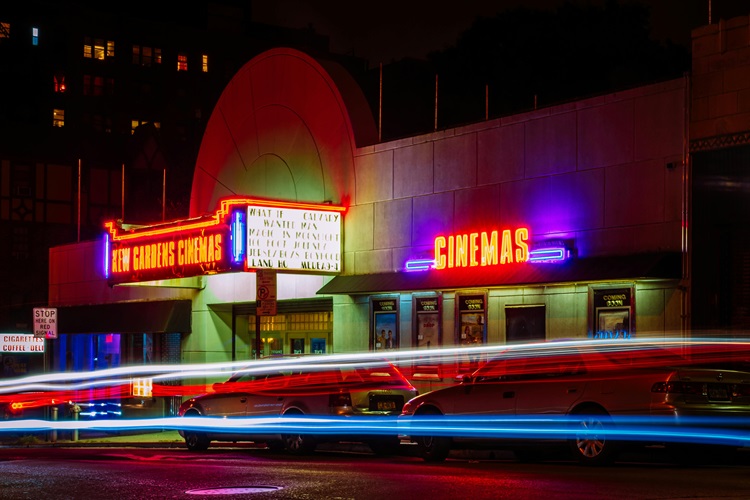
Superhero movies have become one of the most dominant forces in modern cinema, attracting millions of fans worldwide. But how did we get from simple comic book adaptations to billion-dollar cinematic universes?
The Early Days: A Rough Start
The first few superhero movies were experimental. In the 1970s and 1980s, films like Superman: The Movie (1978) and Batman (1989) proved that comic book characters could thrive on the big screen. However, limited technology and weak scripts often led to disappointing adaptations.
The Rise of Marvel and DC
In the 2000s, superhero films took a new turn. Marvel introduced Spider-Man (2002) and X-Men (2000), bringing action-packed storytelling with better CGI. Meanwhile, DC’s The Dark Knight (2008) set new standards for superhero storytelling, proving that these films could be deep and meaningful.
The Cinematic Universe Era
The game changed when Marvel introduced the Marvel Cinematic Universe (MCU) in 2008 with Iron Man. For the first time, movies were interconnected, leading to epic crossovers like Avengers: Endgame (2019). DC followed with its own universe, though with mixed success.
What’s Next for Superhero Films?
As audiences demand fresh storytelling, filmmakers are exploring new directions—darker tones (The Batman), multiverse concepts (Spider-Man: No Way Home), and even R-rated heroes (Deadpool). With streaming platforms also investing in superhero series, the genre is far from fading.
Superhero movies have come a long way, evolving from niche adaptations to a global phenomenon. What’s your favorite superhero film? Let us know in the comments!


